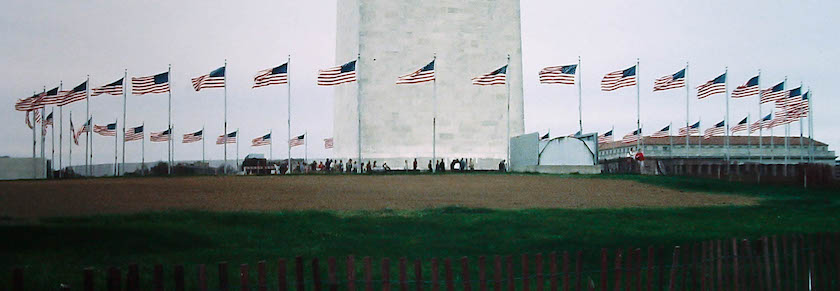Public ideas
An American discovers preferential voting

Americans who are distressed by their election system often hold up Australia as the paragon of electoral fairness. When they turned to secret ballots in the nineteenth century they referred to this innovation as the “Australian ballot”, even though when we introduced it in 1856 we were a couple of thousand years behind the Greeks and Romans.
They often wish they had compulsory voting, which would go some way towards eliminating voter suppression tactics, and they envy our independent national Australian Electoral Commission (established as an independent statutory commission by the Whitlam government).
These would be useful reforms in the USA, but American reformers give less attention to our use of preferential voting – generally known in the rest of the world as “ranked-choice voting”. Without preferential voting our Parliament today would look more like the highly polarized American Congress and the UK House of Commons, where “first-past-the-post” voting systems make it almost impossible for independents and new parties to break the two-party duopoly, and established parties, particularly those on the right, drift towards ideological extremes.
Ranked choice isn’t the only system that allows independents and new parties to become established. Many countries have some form of proportional representation (as we have in the Senate and in the ACT and Tasmania). Many have two-round voting systems for presidents, requiring a two-candidate runoff if no candidate achieves 50 percent in the first round. But the USA, the UK and Canada stand out as large democracies without any of these provisions, and where the divisive first-past-the-post voting system is strongly established.
So it is refreshing to find that Robert Reich has taken up a campaign among American liberals for ranked-choice voting, in a 4-minute YouTube video – Say goodbye to lesser of two evils voting.
These days the case for ranked-choice voting is generally made by liberals or others on the left of the political spectrum, but it is notable that it was introduced to Australia by the conservative Hughes government, because the right was represented by two parties – the Country Party and the Nationalist Party – while the more united left was represented by the Labor Party.
None of our voting systems, envied by Americans, are constitutionally enshrined. There is the ever-present risk of Labor and the Coalition, feeling pestered by small parties and independents, combining to do away with preferential voting.